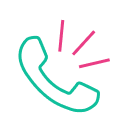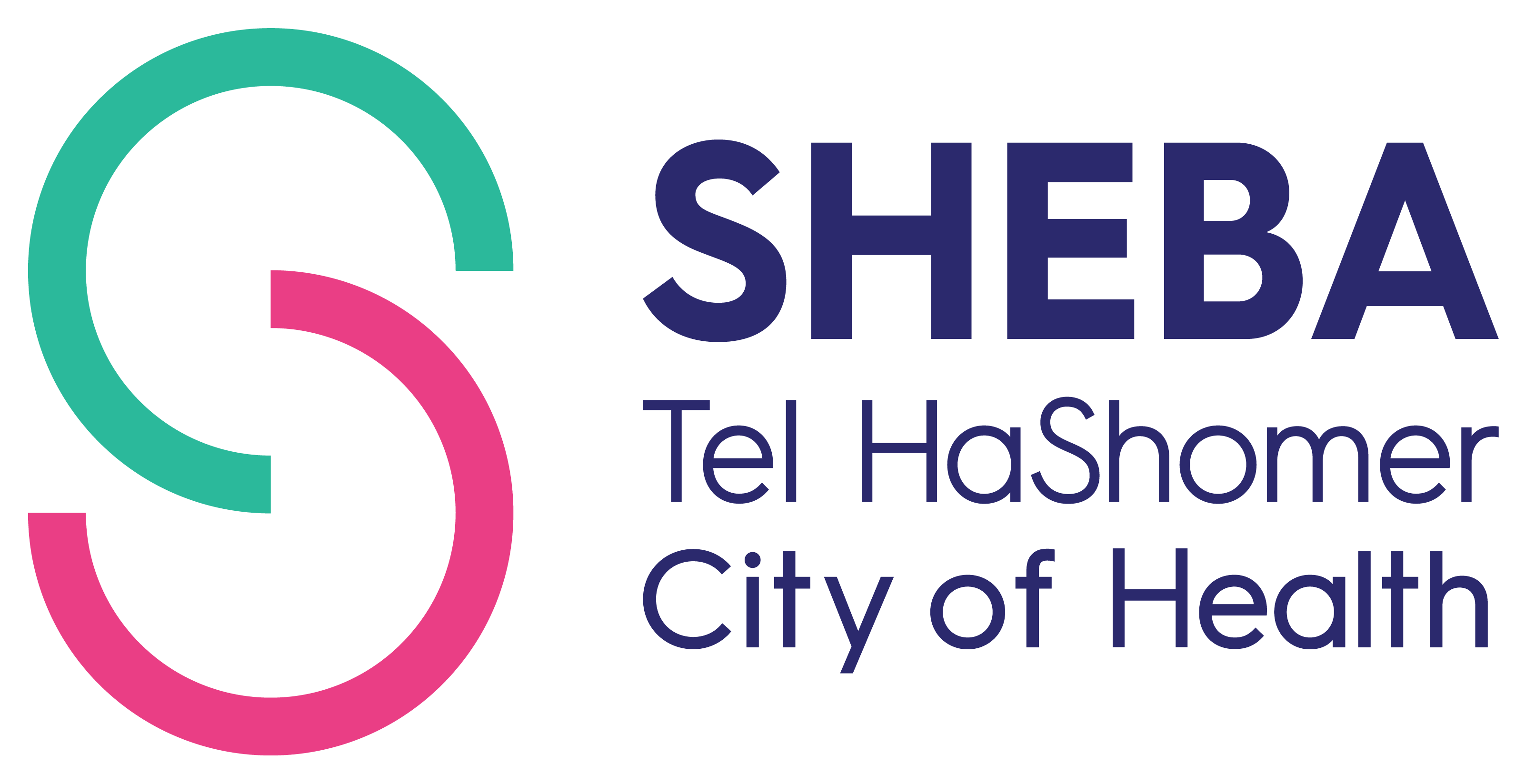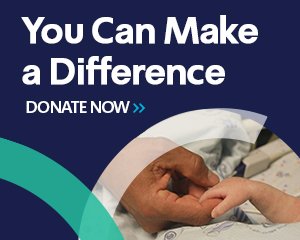Steps (“Tsa’adim”) Institute - Movement Rehabilitation
Director: Boaz Shamir
Senior Physician: Dr. Harold Wingerden
Contact:
Phone: 03-5305366
Fax: 035305487
Clinic Hours:
Sunday to Thursday, 8:00-18:00
Location:
The Rehabilitation Building, Entrance floor
Parking and Payment Exemption Information
What should you bring with you?
The treatment is subject to an examination by our institute's professional staff and the submission of a commitment form (Form 17) from the health fund.
The "Steps" (“Tsa’adim”) Movement Rehabilitation Institute is a vital part of the Department of Neurological Rehabilitation's activities. Our aim is to help patients with different functional difficulties enhance their functional level. While we prioritize the movement component, our team of therapists sees each patient as unique and provides tailored solutions to meet individual needs.
The institute boasts a diverse team of therapists, including doctors, physiotherapists, occupational therapists, nurses, physical fitness instructors, psychologists, speech therapists, nutritionists, social workers, hydrotherapists, and sex therapists.
Who is the service for?
Spinal cord injuries, stroke victims, cerebral palsy victims, patients with peripheral nerve diseases, Parkinson's patients, patients with neuromuscular diseases, people suffering from head injuries, orthopedic injuries and even those who have undergone amputations.
Our treatment plans
At the Step Institute, we offer a range of long-term and personalized rehabilitation programs that utilize cutting-edge technologies from around the globe.
BWSTT- BODY WEIGHT SUPPORT TREAD MILL TRAINING
The program is designed to help individuals who have some ability to move their lower limbs. The patient is harnessed to a special device, with part of their body weight supported by dumbbells. This approach enables the patient to walk independently or with the assistance of caregivers, enhancing muscle activation and walking ability. As walking improves, the weight support is gradually reduced to further enhance their ability to walk on the ground.
LOKOMAT
A robot that was developed in Switzerland is a groundbreaking innovation in the field of active rehabilitation perception. The robot’s role is to assist patients who are unable to walk on their own (see photo on the left). With the help of LOKOMAT, patients with some muscle strength in their lower limbs can strengthen their muscles and engage in walking movements.
The robot is strapped to the lower part of the patient and uses electric motors to move the lower limbs. The activation is super sensitive and enables the patient to "walk" with a completely natural gait. The robot assists the therapist in guiding the patient with various gait data and collecting information on their walking, ensuring consistent conditions throughout the treatment.
R.G.O, KAFO
The program is intended for people experiencing complete paralysis of the lower half of their body. During the rehabilitation, patients learn to walk with the help of a pair of devices attached to the lower limbs. At the same time, physical therapy helps to strengthen the upper limbs, enabling patients to confidently utilize crutches or a walker.
BALANCE TUTOR
The program helps patients with walking disorders in preventing falls. Patients get to walk on an electric conveyor belt that varies its movement direction and intensity. Training on the conveyor belt helps improve balance without any fear of falling.
General rehabilitation plan
Patients who do not qualify or do not wish to participate in one of the mentioned programs, receive treatment, which includes personalized muscle strengthening, stretching and endurance improvement. Also, they can use the variety of training devices located on the premises of the "Steps" institute.
Upper limb rehabilitation systems - GLOREHA, ARMEO, MEDITOUCH, MULE
These systems, considered the most advanced of their kind in the world, empower patients with varying degrees of functional deficits to optimize the use of their upper limbs. The systems provide patients with challenges that involve performing various tasks with their upper limbs. These carefully designed challenges aim to enhance patients' motor skills and enable them to optimize their upper limb functionality.









